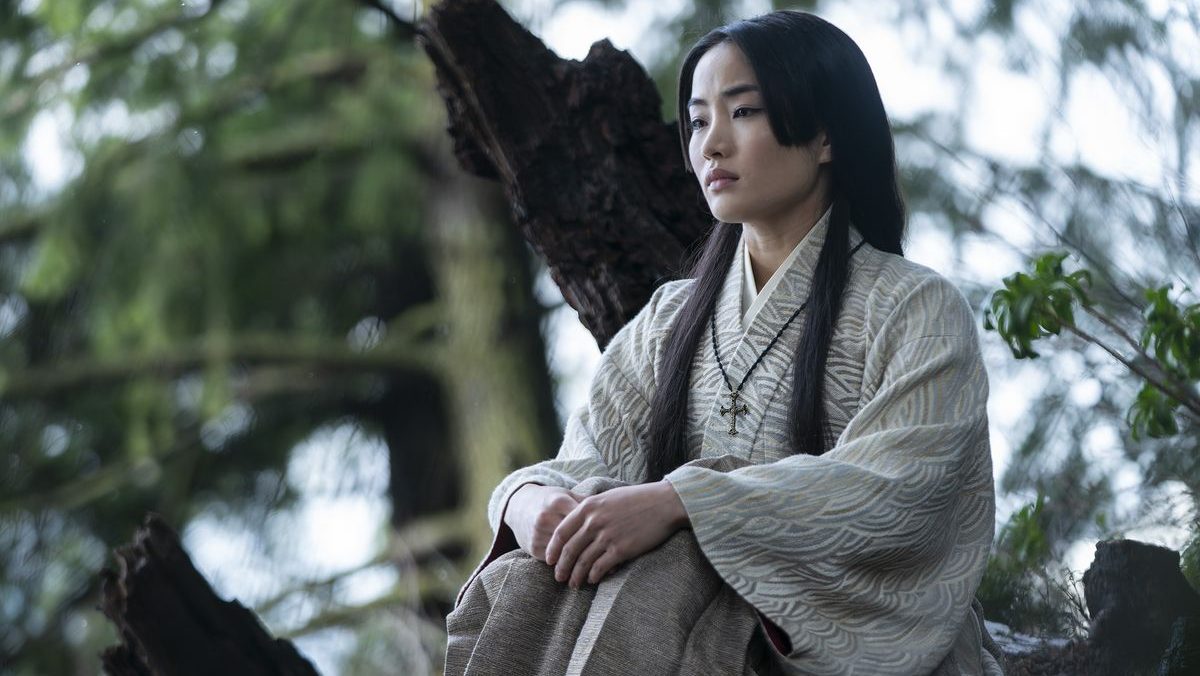Is Lady Mariko the Best Character in ‘Shōgun’? The Answer Is Yes
Honestly, she is monumental.

Now that FX’s brilliant historical drama Shōgun—based on the 1975 novel of the same name by author James Clavell—has released its final episode, I think it’s time we all sit down and agree that Lady Mariko is the best character in the entire show. And I’m not super inclined to take constructive criticism on that.
Spoilers ahead for Shōgun through the season finale
Played by an absolutely perfect Anna Sawai, Lady Mariko is one of the three focal characters of the entire show—right alongside Cosmo Jarvis’s John Blackthorne and Hiroyuki Sanada’s Lord Toranaga. In a way, one could say that, in her duties as translator and with her Catholic faith, she acts as the bridge between them—allowing them to communicate and influence each other from pretty much the first moment Blackthorne is brought before the powerful daimyo of Kantō.
But truly, Mariko is much more than that. She comes into the main action of Shōgun after having lived through a painful and complicated backstory that has inevitably shaped her character and the way she sees the world—the daughter of a dishonored father, whose actions have put her in direct opposition with her childhood best friend and have her needing to prove her unshackling loyalty in Toranaga. And yet, at the same time, Mariko constantly feels the pull to join her beloved father in death, taking ownership of her family name rather than hiding it shamefully away.
Throughout the course of the show, we get to discover her character a bit more—beyond the “eightfold fence” of politeness and courtesy and serenity that hides one’s true feelings, as she herself explains to Blackthorne—and see how her loyalty to her liege lord dictates all her actions. She stays with Blackthorne and translates for him because that’s what Toranaga commands—a relationship that ultimately develops into love and that lasts until the very end.
Her presence is felt even in her absence, as was made evident by the show’s final episode. Mariko is everywhere even after she has been buried—in the way she is remembered by all other characters, of course, but also in the legacy she has left to John. When he wants to protest Toranaga’s treatment of the village of Ajiro by committing suicide, he does so with the same words Mariko had used before being killed by the explosion in Osaka.
Beyond her pivotal role in Crimson Sky and in helping Toranaga win against his enemies and obtain the title of shōgun, his great ambition since the beginning, Lady Mariko is first and foremost an absolutely spectacular character. Undoubtedly strong and yet filled with layers that go much beyond what is usually afforded the “strong female character.”
That’s because she is her own person before she is anyone else—and that’s what I really loved about her. It would have been much easier—and we’ve seen it happen time and time again—to have her be defined by her love for Blackthorne and to have that love change her entire worldview as it more often than not happens. But Mariko has her own set of beliefs that never really waver, as exemplified by her end.
Her loyalty to both Toranaga and her father and her quiet but unshakeable conviction and strength are ultimately what make Crimson Sky happen—or better yet, they are Crimson Sky, as Toranaga himself reveals to Yabushige in the latter’s final moments at the end of the show’s tenth episode.
Mariko’s actions at the castle in Osaka as well as her death—which ultimately came on her own terms rather than someone else’s, as symbolized by how she calls herself Toda Mariko when is about to commit seppuku but switches to her family name of Akashi during the shinobi attack—helped in shifting support away from Ishido and towards Toranaga.
Most importantly, her end swayed her lifelong friend Lady Ochiba—the mother of the Heir—to side with Toranaga, creating the perfect conditions for his ascent to the shogunate. We don’t need to see it happen to know that’s exactly how the story will go. Besides, real-life history also gives us that same answer considering that Toranaga is based on Tokugawa Ieyasu—the first shōgun of his clan, which ruled from 1603 all the way until the Meiji Restoration in 1868.
(featured image: FX)
Have a tip we should know? tips@themarysue.com